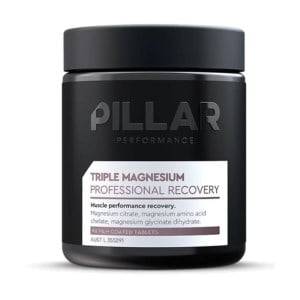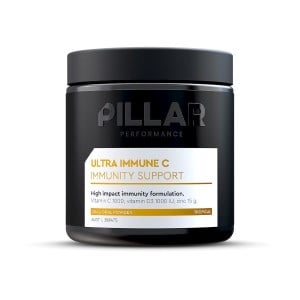Steve McKenna: How A Triathlon Champion Prepares For A Race
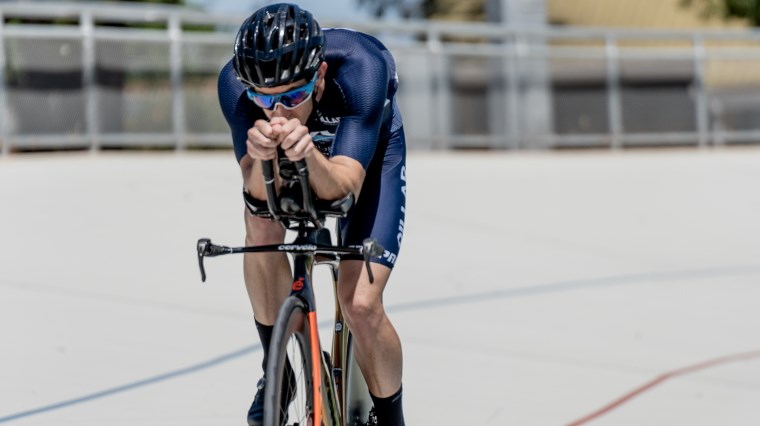
Pro triathlete Steve McKenna shares his personal insight on his race day preparation strategies with you – everything from training, nutrition, recovery, gear and his search to find balance in his life.
Because a training plan for triathlon is about more than putting your legs to work. It’s about the intricacies – the seemingly small changes you can make to support your physical and mental health, prevent injury and cut seconds off your race time.
Tunnel vision purely on training can cause an imbalance in your race day preparation – and even elite level athletes can fall victim to this. This was a learning curve for Steve McKenna on his journey to become four-time South Australian Triathlete of the Year.
Despite his physical fitness and intense training, on more than one occasion he was unable to complete a race due to exhaustion – passing out before the finish line. With the support of coach Tim Reed, he was given the tools to train smart and stay on track. Now Steve’s living his dream of being paid to do what he loves – triathlon.
Loading 3 technical disciplines (swim, cycle, run) into one epic event, there’s no doubt that triathlon is a physically and mentally demanding sport and that preparing for race day poses a unique challenge for triathletes.
From what he eats to the running shoes he wears - you can soak in inspiration from Steve McKenna and apply it into your own sport.
Training
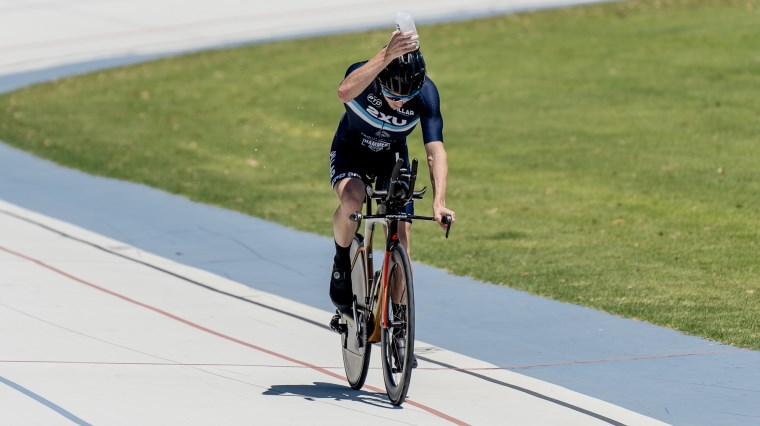
What does a week of training with Steve McKenna look like?
At the moment a full training week is between 25-28 hours in duration with a mix of intensities, mostly made up of aerobic training - 15 hours of cycling (400-500km), 6-7 hours of swimming (18-25km), 6-7 hours of running (70-90km), 30 minutes of gym work (if I’m lucky).
What’s the best training advice you could give to aspiring triathletes?
Patience is the key with endurance, don’t rush things. The aerobic base building will pay off and separating your training plan into phases will help you train with purpose all year round:
1. Break period (very important to switch off and have a NO TRIATHLON period – that means talking about triathlon too)
2. Aerobic base and strength building phase (pre-season)
3. Build the pace (inject some intensity and build towards threshold + Vo2 MAX training)
4. Simulate the race (race simulations with sessions specific to the demands of your next race)
5. Taper for the race (slowly pull back on the volume of training whilst leaving some shorter race intensity in place).
Nutrition

Could you share some insight on your nutrition and hydration strategy pre, during and post triathlon?
PRE: A moderate level of carbs in the days leading into races, but certainly no “carb loading”. Cut fibre the last two meals pre-race and give the gut less to work on (usually something very simple and bland as a last dinner – chicken, white rice and a salty chicken broth).
DURING: 90-100g of carbs per hour in a race (2:1 ratio of glucose to fructose) with Hammer Nutrition Gels or powders, 1-1.2L of fluid per hour (depending on temperature – more or less), with Hammer electrolytes (400-600mg of sodium per hour).
POST: No specifics here, I will eat whatever I feel like, unhealthy or healthy. I usually eat based on cravings and without guilt (but if I’m honest, I do opt for the healthy options if I’m not with a group celebrating and going with the flow). The only must have is Pillar Performance micros because I get sick after most races with the lengths we push our bodies to in long course racing and re-hydrate with PREPD Hydration/protein powders.
What do products like Pillar Performance and PREPD Hydration do for you to boost your training, performance and recovery as an endurance athlete?
Pillar Triple Magnesium to sleep better and recover faster, along with Pillar Ultra Immune C if I’m getting sick and lastly the Pillar Ultra B in the mornings for energy.
PREPD Hydration – I mostly stick to the Prepd Prime powder before large training or racing days and smash Prepd Recover powders 3-4 times per week after swimming sessions mid morning.
-
Pillar Triple Magnesium Professional Recovery - 90 Film Coated Tablets
-
Pillar Ultra Immune C Training Advantage Tropical Powder - 200g
Gear
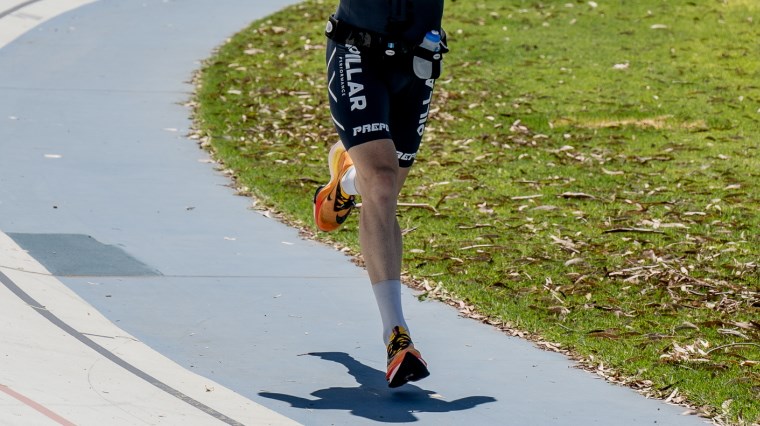
Your choice of shoes can be a game-changer when your goal is to cut seconds off your PB. What’s your personal experience on the importance of shoe selection for both training and racing?
This is something I spend a lot of time on. My feet are my money makers. I choose shoes specific to my feet, my running form and shoes that counteract the niggles I’ve historically had. Sportitude’s RunDNA and treadmill run form analysis has helped on a few occasions now in recommending shoes to keep me injury free and racing at my fastest.
What running shoes will you be wearing for your training leading up to the Victor Harbor Triathlon and during the race itself and why?
The Nike Vaporfly ticks all the box’s for me when racing – it’s stiff with the carbon plate, great for a heel striker and allows a triathlete like me to keep their cadence high unlike the Nike Alphafly which overload the quads (not great for a triathlete's fatigued quads coming off a bike).
For training at the moment, any shoe with a stiff front end to avoid issues I’ve had with bursitis and more. For me, it’s all about injury prevention, so right now with plantar fasciitis, I’ll choose a shoe that’s going to avoid inflaming this issue.
Recovery & Life Balance
What are your recovery tips for training and triathlon?
Sleep is definitely the key. I find I recover amazingly and can skip any sort of treatment (massage etc) if I’m getting enough sleep. Unfortunately, with an 18 month old this isn’t always possible, so I do use some things other than stretching to speed up recovery when required. I see a very hands-on chiropractor at Adelaide Sports called Sam Millard. I use Endurance Recovery Boots, I wear 2XU Compression, but I rarely get a massage these days because I’ve been finding that my own techniques keep me moving more consistently.
How do you balance triathlon training and family life?
This sport is very time consuming….
One solution I have come up with is a 6pm phone off and tools down rule. I have until 6pm to get everything done from training, online coaching and sponsorship commitments before it's 100% family time. I cannot be fully present with my family if I’m thinking about fitting in another training session or constantly hearing phone notifications go off.
Follow Steve’s journey on Instagram, Facebook and his website to stay updated on his athletic achievements and to share your support.
Happy training!
If you liked this, then you’ll love:
Steve McKenna: From Life-Changing Injury To Pro Triathlete
Training & Racing Survival Kit: 10 Essential Triathlon Gear For Beginners
Jessica Stenson On Goal Setting & Marathon Training As A Mum
Paratriathlete Liam Twomey On How To Get Yourself Mentally Fit

